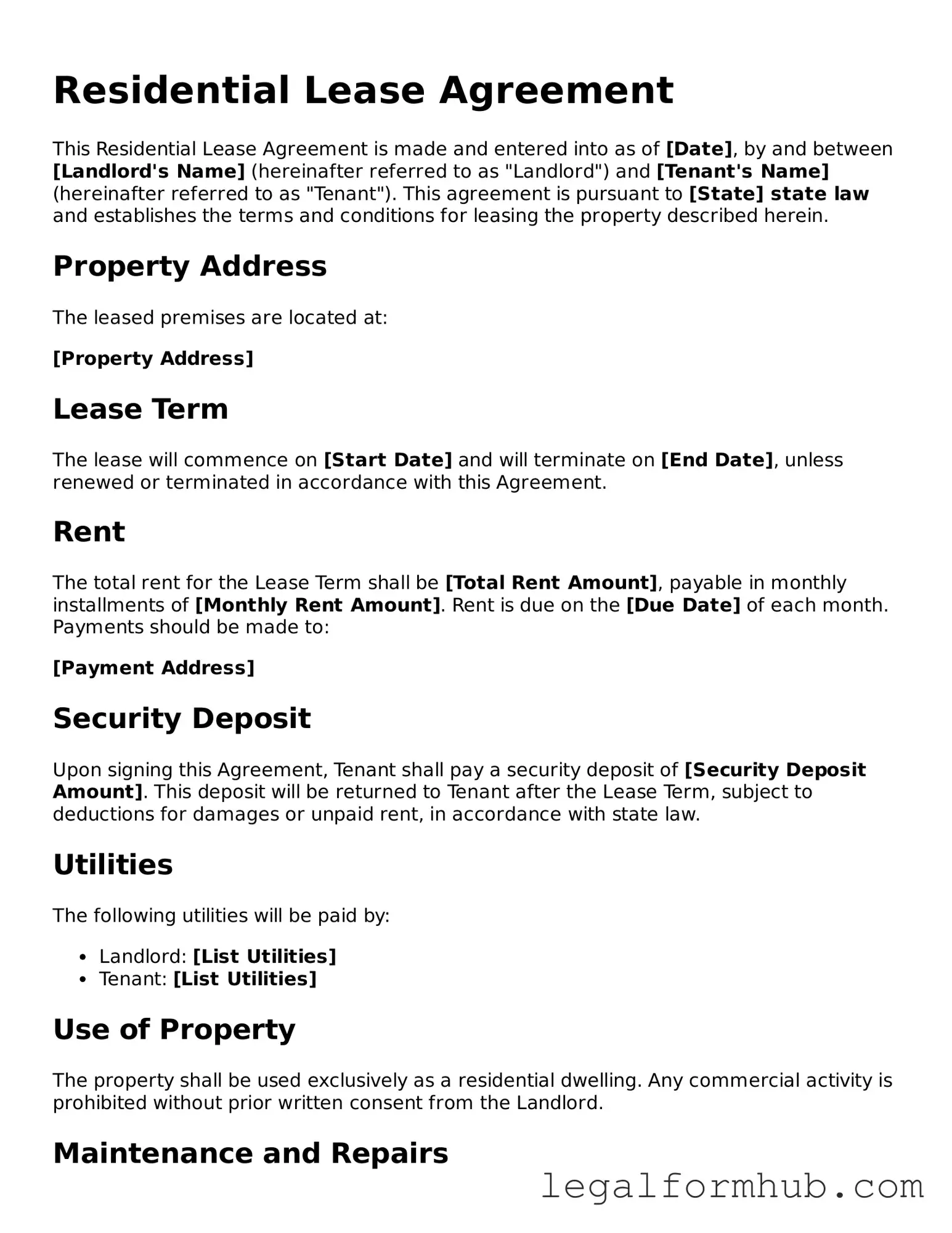A Rental Agreement is similar to a Residential Lease Agreement in that both documents outline the terms of renting a property. A Rental Agreement typically covers a shorter duration, often month-to-month, while a Lease Agreement usually spans a longer term, such as a year. Both documents specify the rights and responsibilities of the landlord and tenant, including payment terms, maintenance obligations, and rules regarding the use of the property.
Understanding the various types of rental agreements is vital for anyone engaging in property transactions. Among these documents, the Power of Attorney is notable as it enables a principal to delegate their decision-making authority to an agent, ensuring their interests are protected in instances where they cannot act on their own behalf. For those interested in learning more about this crucial legal tool, they can refer to the POA Document.
A Commercial Lease Agreement is another document that shares similarities with a Residential Lease Agreement. While a Residential Lease pertains to living spaces, a Commercial Lease is used for business properties. Both agreements detail rental amounts, duration, and conditions for lease renewal. They also outline the responsibilities of both parties, including maintenance and alterations to the property, although the specifics may differ based on the nature of the business being conducted.
A Sublease Agreement is akin to a Residential Lease Agreement as it allows a tenant to rent out a portion or the entirety of their leased property to another individual. This document includes terms that are often similar to those in a Residential Lease, such as rental payments and property rules. However, the original tenant remains responsible to the landlord, making it crucial for all parties to understand their rights and obligations.
A Roommate Agreement is also comparable to a Residential Lease Agreement, particularly in shared living situations. This document outlines the terms between roommates regarding rent payments, shared expenses, and house rules. While a Residential Lease is between the landlord and tenant, a Roommate Agreement focuses on the relationship between individuals sharing a rental space, ensuring clarity on responsibilities and expectations.
A Tenancy Agreement is another document that resembles a Residential Lease Agreement. This term is often used interchangeably with a Lease Agreement in some jurisdictions. A Tenancy Agreement sets forth the terms under which a tenant occupies a property, including rent, duration, and maintenance responsibilities. Like a Residential Lease, it serves to protect the rights of both the landlord and tenant, ensuring a mutual understanding of the rental arrangement.
